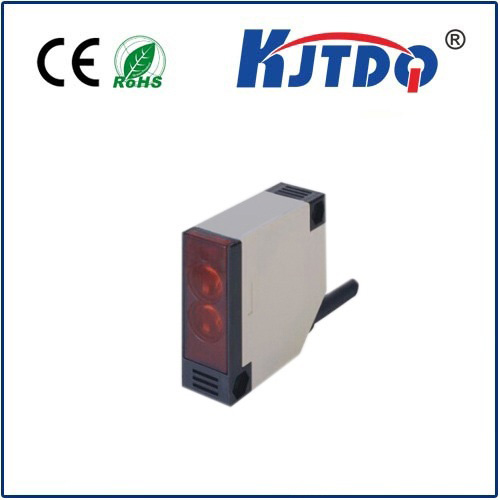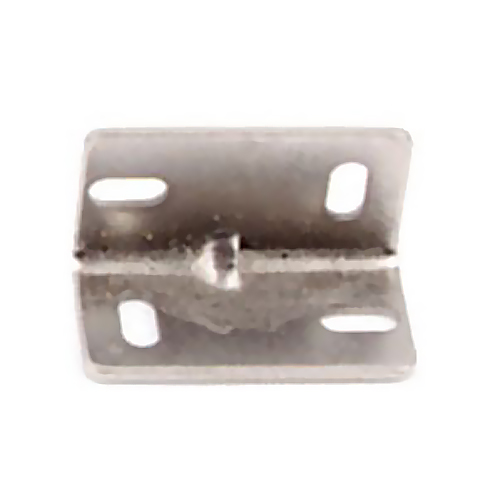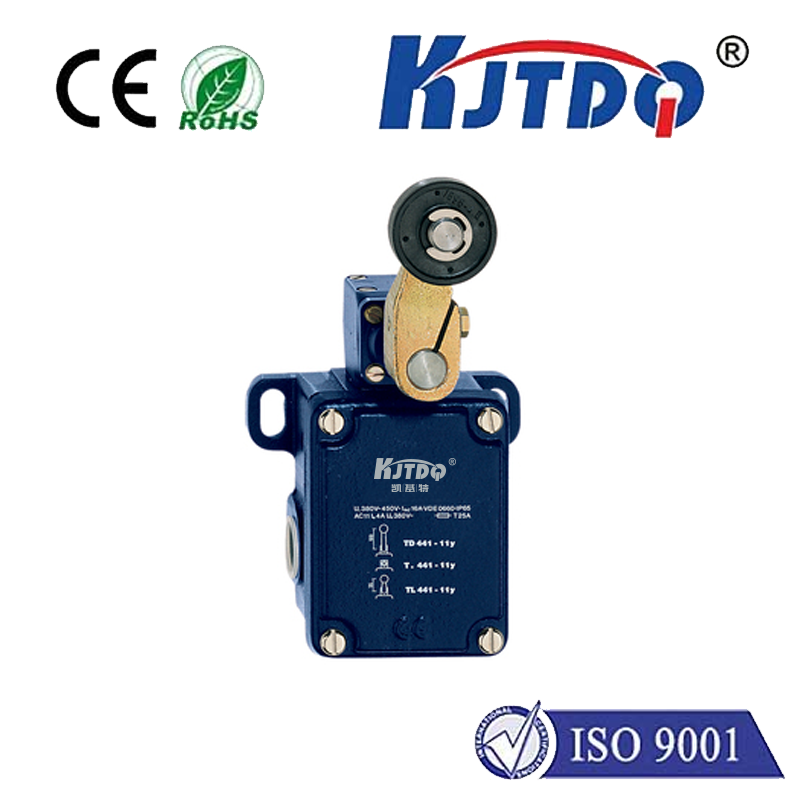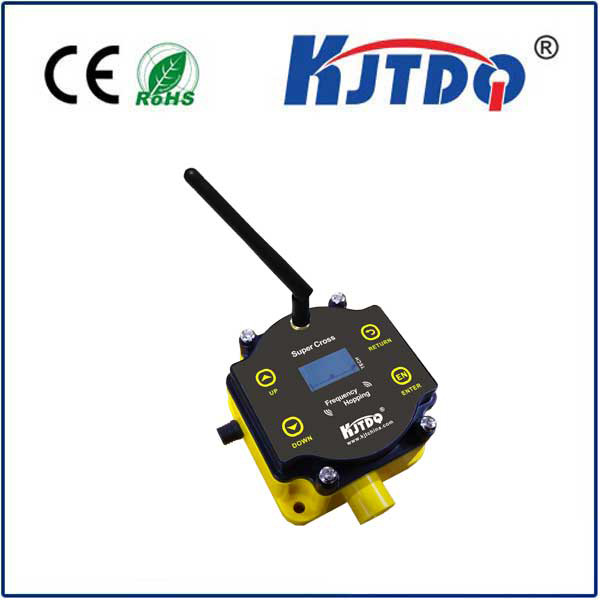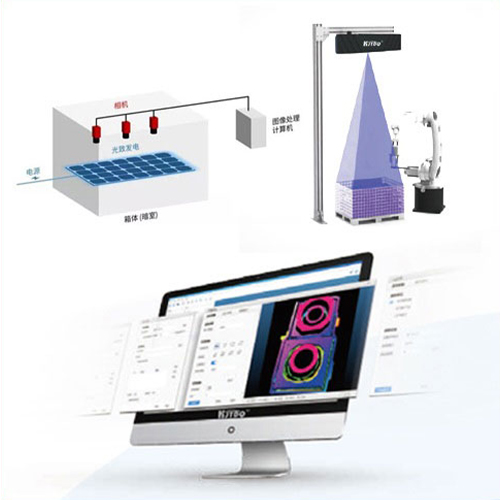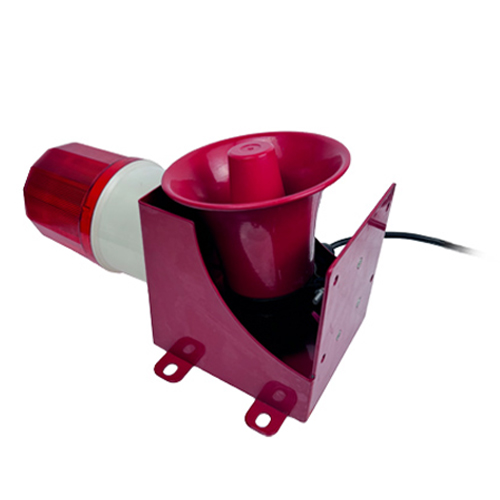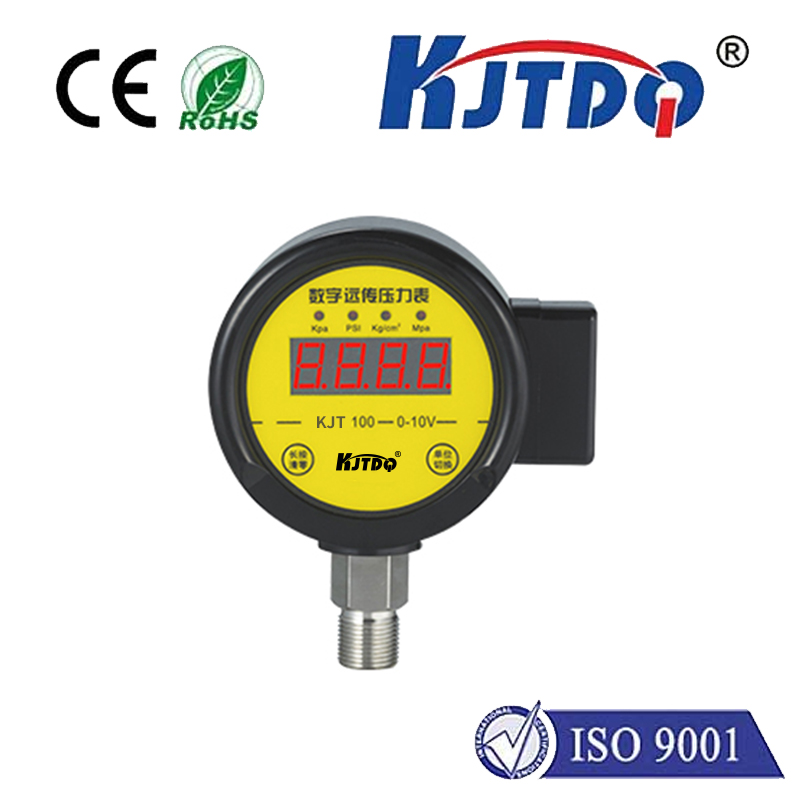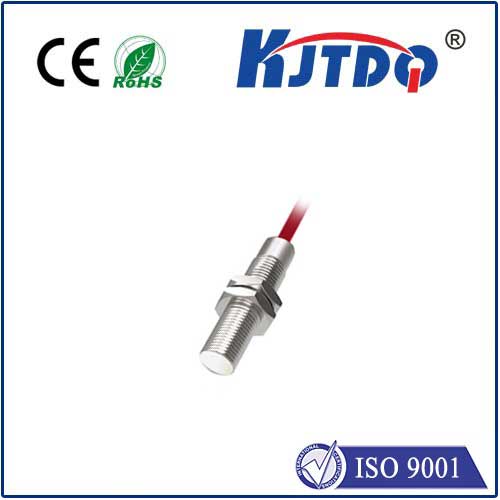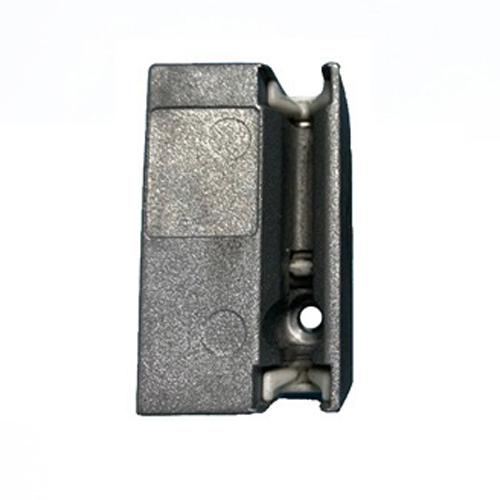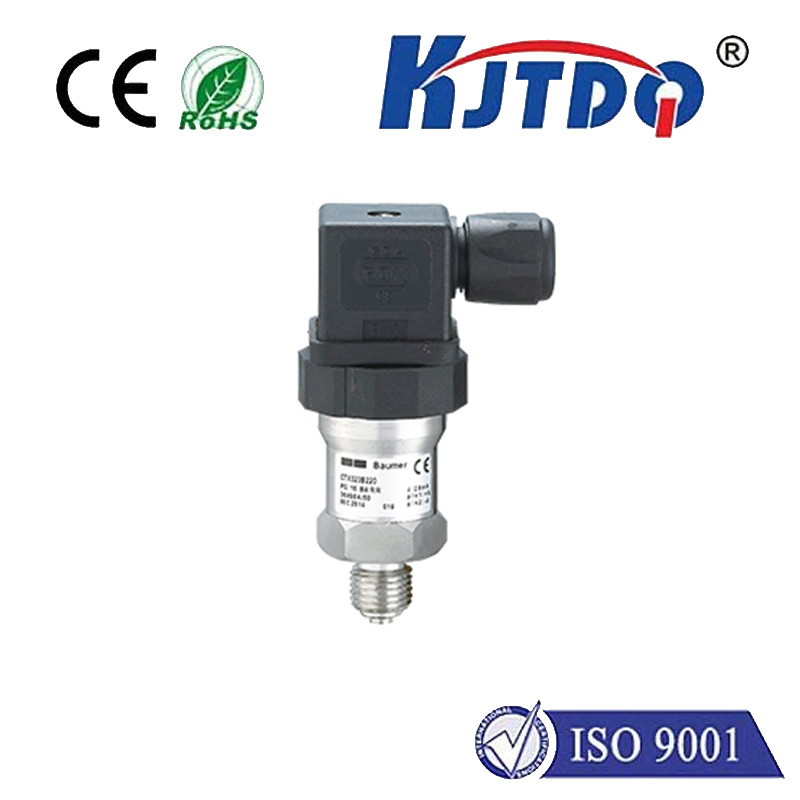

check

check

check

check

check

check

check

check

check

check
Title: Small Inductive Proximity Sensor: The Game-Changer in IoT
Introduction:
In the era of the Internet of Things (IoT), small inductive proximity sensor technology has revolutionized the way we interact with devices. These tiny sensors have a significant impact on various industries, including automotive, healthcare, and industrial automation. In this article, we'll explore the basics of small inductive proximity sensors, their working principle, benefits, and applications.
What are Small Inductive Proximity Sensors?
Small inductive proximity sensors are electronic devices that measure the distance between two conductive objects. They work by generating an alternating magnetic field around themselves and measuring its response from the target object. This interaction generates a voltage difference, which is then converted into a distance measurement.
Working Principle:
The working principle of a small inductive proximity sensor involves three main components: the transmitter, receiver, and reference electrode. The transmitter emits an alternating magnetic field, which is received by the receiver. The reference electrode provides a reference voltage that is subtracted from the output voltage to obtain the distance measurement.
Benefits of Small Inductive Proximity Sensors:
There are several benefits of using small inductive proximity sensors in IoT applications. Firstly, they are incredibly small and lightweight, making them suitable for use in tight spaces and portable devices. Secondly, they offer high accuracy and resolution, making them ideal for precision sensing tasks. Thirdly, they operate silently, without any external components or moving parts, ensuring low maintenance costs. Finally, they are affordable and readily available, making them accessible to a wide range of industries.
Applications of Small Inductive Proximity Sensors:
Small inductive proximity sensors have numerous applications across various industries. In the automotive industry, they are used for vehicle proximity detection, parking assistance, and collision avoidance systems. In healthcare, they are used for patient monitoring, medication management, and remote patient monitoring. In industrial automation, they are used for inventory management, machine supervision, and process control. Other applications include home automation, wearable devices, and robotics.
Conclusion:
In conclusion, small inductive proximity sensors have become an essential component of IoT devices due to their versatility, accuracy, and affordability. As technology continues to advance, we can expect more innovative applications of these sensors in various industries. With their potential to improve safety, efficiency, and quality of life in various sectors, small inductive proximity sensors are truly game-changers in the world of IoT.
